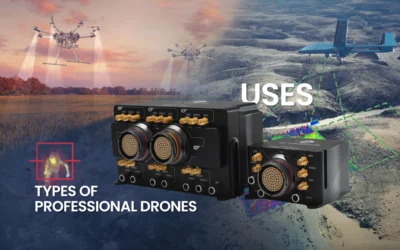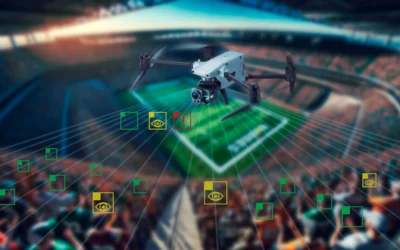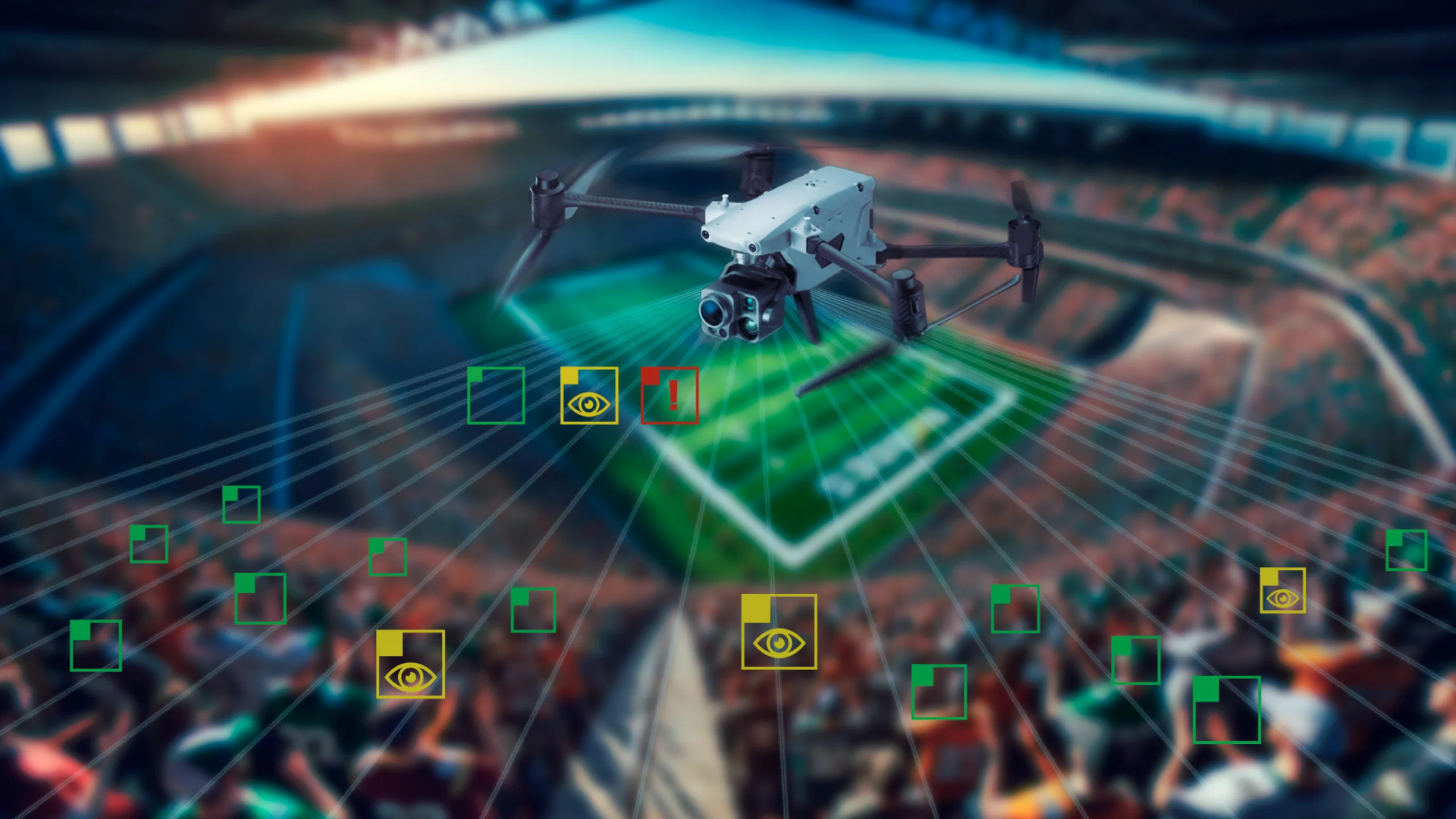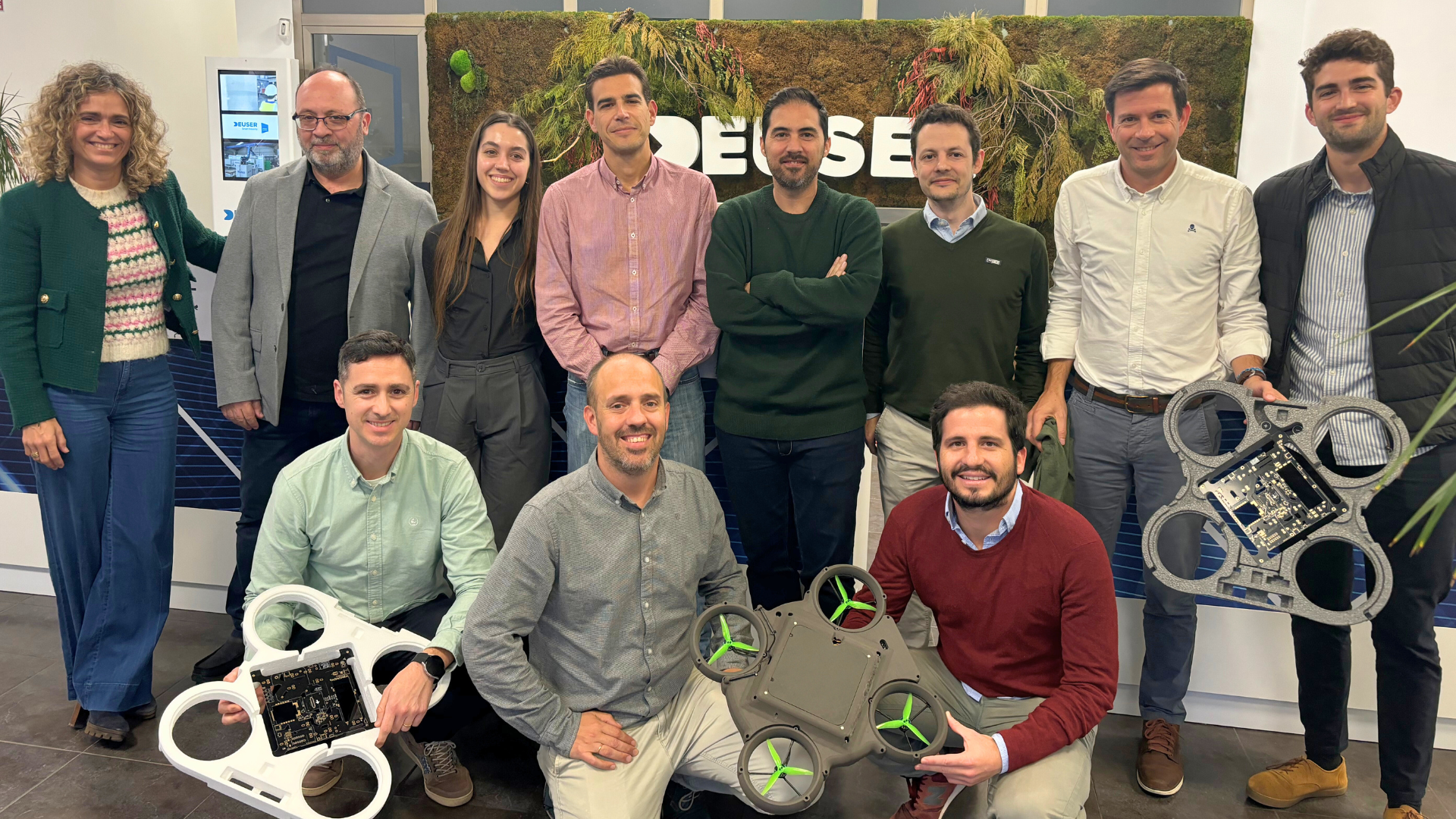Over time, adaptive control has been increasing its use in different sectors and industries since its beginnings in the aerospace industry, going through the control of vibrations until the use of autonomous systems and UAS. This is possible because its features permit to optimize the automations that are under its control, something that is always very attractive for any industry.
Evolution of the Adaptive Control
Adaptive control was born in 1950, when designing the automatic control of an aircraft whose dynamic was variable in the desired range of operations. For this reason, conventional control was not capable of covering the range of operations, and it created a gain scheduling technique.
Since then, adaptive control has been extended to new applications such as drying ovens, active control of vibrations, efficient conditioning, robotics, permitting to control the process or even improve the efficiency that was performed with conventional controls.
Nowadays, one of the most important applications is the flight control of unmanned aircraft due to the changes in the flight dynamics, as it was previously said.
What is the Adaptive Control?
Specifically, adaptive control is a set of techniques that permit to adjust the value of control parameters in real time, permitting to monitor controlled variables even if plant parameters are unknown or if they change over time. This control is a special kind of non-lineal control, and the process can be split into two timelines: rapid time (feedback loop) and slow time (variation of control parameters, which affects automations).
Why Adaptive Control and not a conventional one?
Conventional controllers are designed to adjust linear and non-variable systems over time (LTI). This approach is true for fixed points of operations with small perturbations. When this approximation stops being true, conventional controllers performance stops being good enough. On the other hand, adaptive control is capable of adapting itself by changing control parameters, keeping good control along the process.
In the UAS industry, it should be preferred to implement adaptive controls instead of conventional controls since it permits to configure the controllers in a way that they can be automatically adapted to changing flight conditions. For instance, during an UAS flight, its plant dynamics may change for different ranges of speed; in order to optimize the plant control, it is necessary a control rule capable of being adapted to this change in the system that some UAS autopilots can already manage.
For this reason, Veronte Autopilot 1x embeds this kind of control, being capable of adapting the control to different changing situations during the flight. The adaptive control of Veronte Autopilot 1x has been tested in many projects where it has been integrated. In these projects, it had to control weights, centers of mass, inertia, and surface deflexion—all of them changeable—and its adaptation to motor or surface failures with good results.
https://www.embention.com/en/news/adaptive-control-uav-autopilots/















